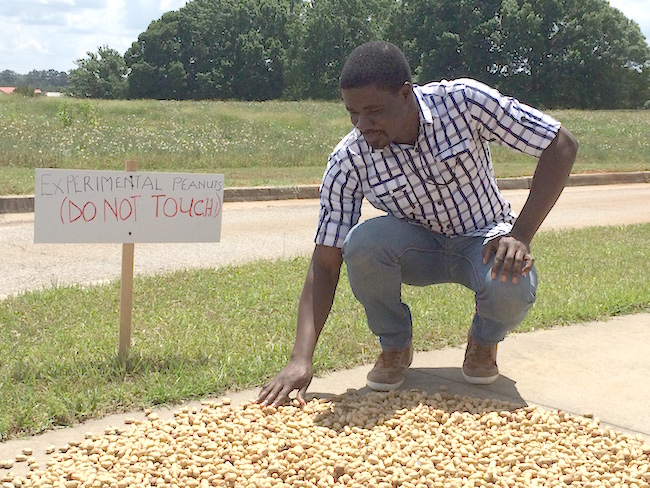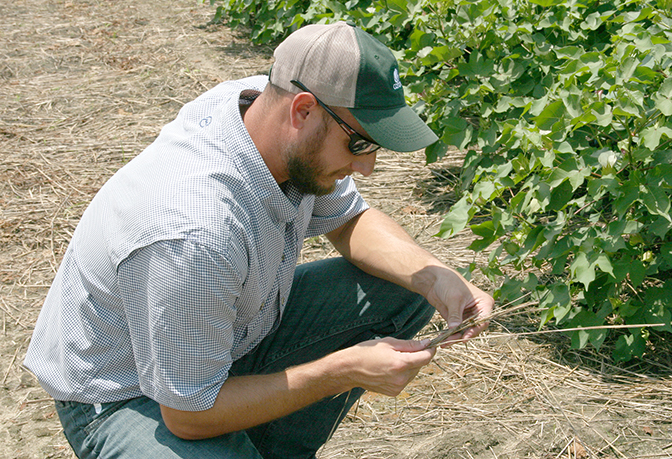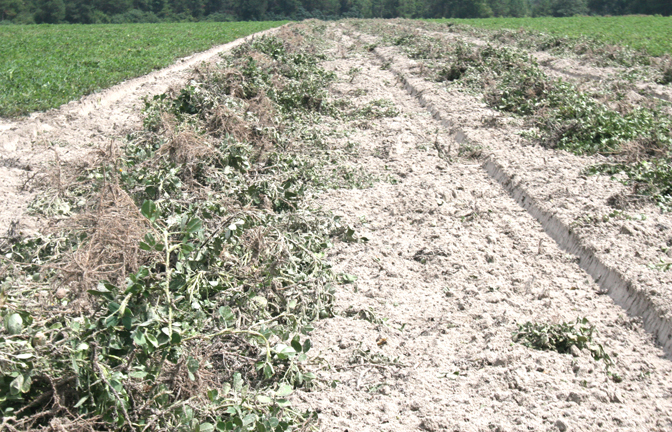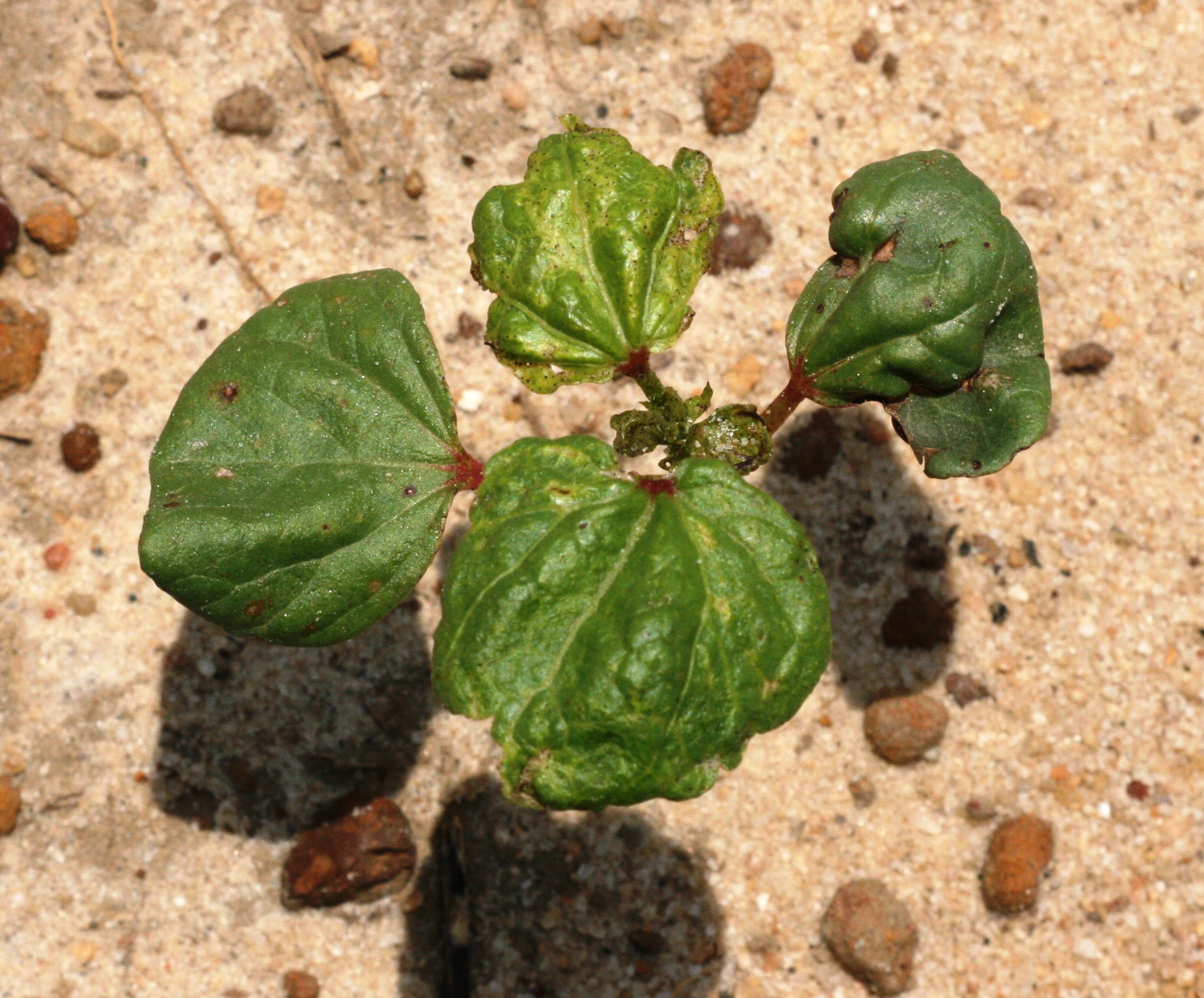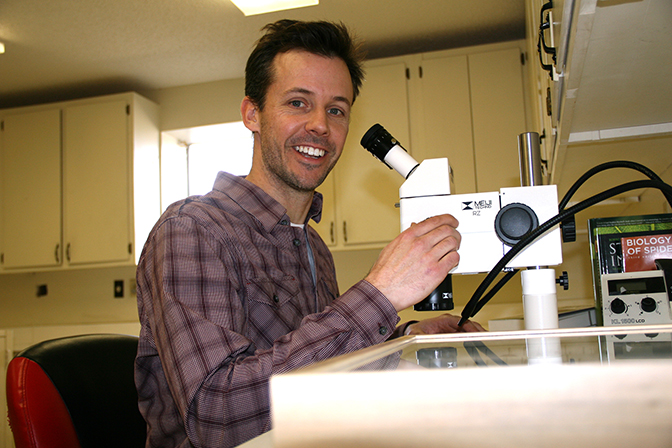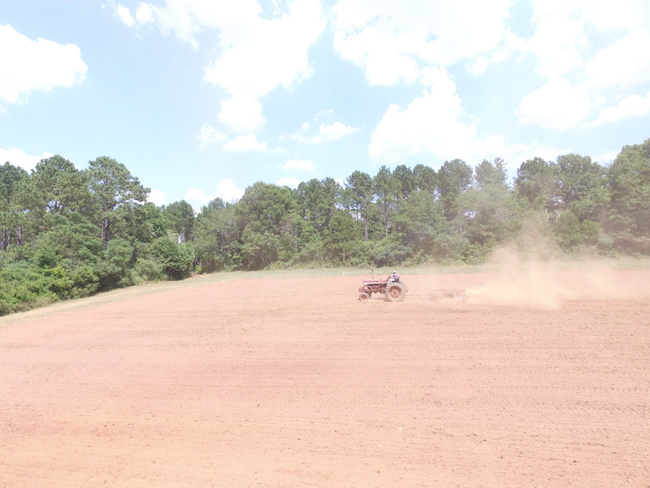 CAES News
CAES News
Agroforestry & Wildlife Field Day
Controlling coyotes and clearing trees will top the list of popular topics at the Agroforestry and Wildlife Field Day on Thursday, Sept. 17, at the University of Georgia’s Westbrook Research Farm in Griffin, Georgia.

